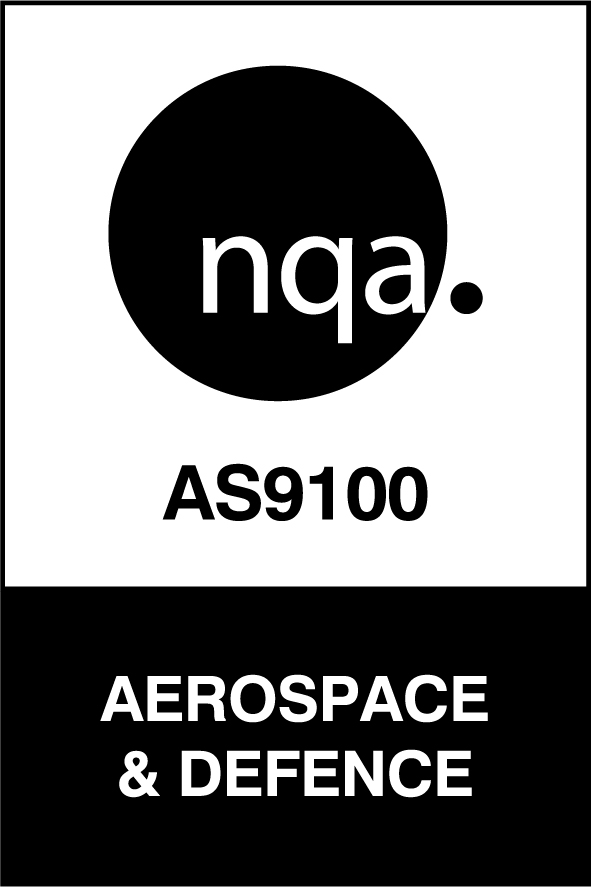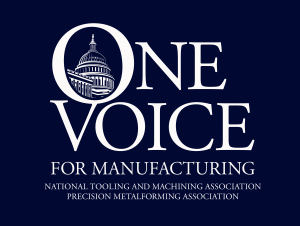

Welding fabrication and metal stamping are two essential processes in the manufacturing industry. While metal stamping involves shaping and cutting metal sheets, welding fabrication involves joining metal pieces together. These two processes often go hand in hand, with welding fabrication complementing metal stamping in many ways. In this article, we will explore how welding fabrication complements metal stamping and why it is crucial for metal stamping manufacturers to provide welding services.
Metal stamping is a manufacturing process which uses pressure to mechanically manipulate pieces of sheet metal into a desired shape. This is done with a variety of standard and custom tools that allow operators to form a stamped part using methods like bending, punching, stretching, and more.
Metal stamping can be an excellent, cost-effective choice for creating high quality individual components for an assembly, especially if a high volume of components is needed. However, one of the limitations of metal stamping is that it is a reductive manufacturing process, not an additive one. What this means for metal stamping customers is that complications can arise when their design calls for a final part which cannot easily be formed with just metal stamping alone.
One way to overcome this limitation is with the use of secondary fabrication methods. Rather than expending large design and manufacturing costs on a part that is difficult to produce using just a single method, it is common practice to save costs by employing fabrication methods alongside metal stamping. Any components which need to be joined will require additional fabrication- and that’s where welding fabrication comes in.
Welding fabrication is a manufacturing process which uses a concentrated area of high heat to melt two metal components to one another, effectively creating a joint between the two. In some cases, this is an additive process which uses a supplemental material to add extra strength to a welded joint, but in other cases an additional filler material is not required.
As a joining process, welding fabrication has its own set of limitations compared to a forming process like metal stamping. Here are some of the key limitations:
Welding fabrication alone cannot achieve the same level of precision as metal stamping. Metal stamping uses dies and molds to shape the metal with high accuracy and repeatability. On the other hand, welding relies on the skill of the welder and may have some variations in the final product.
Welding involves the application of high heat, which can cause distortion in the metal being joined. This distortion can affect the dimensional accuracy of the welded joint and may require additional post-welding processes to correct.
Welding fabrication may result in variations in the strength of the joint. The heat-affected zone, where the metal has been heated and cooled during welding, can have different mechanical properties compared to the base metal. This can lead to inconsistencies in the strength of the welded joint.
Welding is not suitable for joining all types of materials. Some materials may be difficult to weld or may require specialized welding techniques. Additionally, the welding process may introduce impurities or change the microstructure of the materials being joined, which can affect their strength, appearance, and other properties.
Despite these limitations, welding fabrication still plays a vital role in precision manufacturing by complementing processes like metal stamping. While welding fabrication alone cannot be used to generate high precision components, it still plays a great role in precision manufacturing of metal stamped parts.
Metal stamping and welding fabrication are the ideal tag team for producing complex metal stamped parts. In cases where metal stamping may not allow for the desired final shape to be achieved in one process, welding fabrication can easily create joints that would otherwise be complex to manufacture with stamping alone. Each process makes up for what the other one lacks, which allows metal stamping and welding fabrication to work synergistically with one another.
When employed wisely, metal stamping and welding fabrication can be used together in a project to increase part quality, minimize scrap, and reduce manufacturing costs overall.
One of the main benefits of welding fabrication is that it increases the strength and durability of metal products. Metal stamping alone may not be enough to create a strong and durable product, especially for heavy-duty applications. By welding the stamped metal pieces together, the overall strength and durability of the product are significantly increased. This is especially important for industries such as automotive welding and fabrication, where the products need to withstand high levels of stress and pressure.
Welding fabrication also allows for more customization and flexibility in the manufacturing process. With metal stamping, the shapes and sizes of the metal pieces are limited to the capabilities of the stamping machine. However, with welding fabrication, these limitations are removed, and manufacturers can create unique and complex shapes by welding multiple pieces together. This allows for more flexibility in design and the ability to create custom products for specific applications.
While metal stamping and welding fabrication may seem like two separate processes, they can actually be more cost-effective when done together. By combining the two processes, manufacturers can save time and money on production. Instead of creating separate metal pieces and then welding them together, manufacturers can stamp and weld simultaneously, reducing production time and costs. This is especially beneficial for businesses like Dayton Rogers, where efficiency and cost-effectiveness are crucial for success.
Welding fabrication also plays a significant role in improving the aesthetics of metal products. While metal stamping can create precise and uniform shapes, welding allows for more intricate designs and details. This is especially important for industries where the appearance of the final product is crucial, like the medical industry. By combining metal stamping and welding, manufacturers can create products that are both functional and visually appealing.
Another advantage of welding fabrication is its versatility. Welding can be used to join a wide range of metals, including steel, aluminum, and copper. This allows manufacturers to create products for various industries and applications. For example, Dayton Rogers can use welding fabrication to create products for the automotive, construction, and aerospace industries, among others.
Welding fabrication and metal stamping go hand in hand, with welding complementing metal stamping in many ways. From increased strength and durability to improved aesthetics and cost-effectiveness, welding fabrication is an essential process for metal stamping manufacturers like Dayton Rogers. By understanding the benefits of welding fabrication, manufacturers can create high-quality and versatile products that meet the needs of their customers.
Dayton Rogers has led the metalforming industry for more than 90 years, using stamping and fabrication expertise to create a wide array of parts for multiple applications. Our metal stamping and metal fabrication services create unique solutions that are integral to your project’s success. If you’re ready to discuss our available metalforming methods in a free consultation, don’t wait. Call today to speak to one of our metalforming experts about your project or schedule an in-person meeting.
Want to learn more about metal stamping and fabrication? Get your FREE copy of the Design Principles Red Book. This Design Principles booklet describes the various common conditions that occur in the fabrication of parts.








8401 West 35W Service Drive, Minneapolis, MN 55449-7260 1-800-677-8881
© 2022 Dayton Rogers. All rights reserved